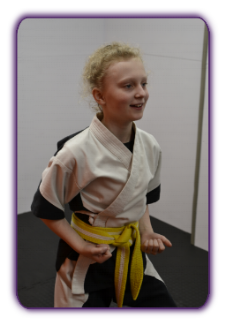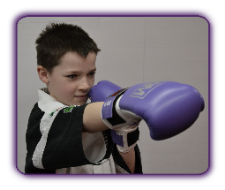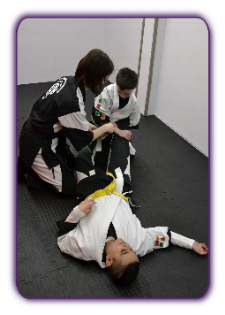Exercise
It is well known that a healthy lifestyle for all includes exercise and that exercise enhances mood, alertness and self-regulation. For many students, and especially those with special educational needs, exercise can be the key to success in and out of the classroom. Exercise can lead to increased communication and can help regulate a student's sensory needs. Activities that require both sides of the brain to work together, such as martial arts, are particularly beneficial. Another great benefit of exercise is that it promotes a higher quality of sleep afterwards.
Studies suggest a link between physical activity and the behavioural and academic performance of students with special educational needs - regular exercise boosts their functioning and performance (Ratey, 2008). It has also been shown that vigorous exercise improves the attention system by increasing the levels of the brain chemicals dopamine, serotonin and norepinephrine. These brain chemicals can positively affect the attention system's ability to stay regular and consistent, which in turn increases alertness (Pontifex, 2012 & Ratey, 2008). There is a video at the bottom of the page that shows the results of a study at a university in America demonstrating the effects of exercise on learning.
For those who take ADHD medication, experts recommend that exercise complements, not replaces, the medication. Combining exercise and medication lessens ADHD symptoms more than the use of medications alone.
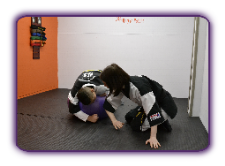
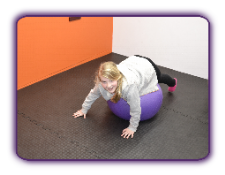
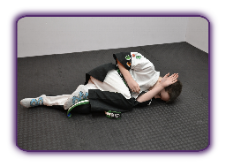
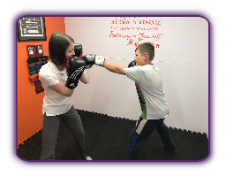
Individual or team sports?
Team sports require participants to master often complex rules, remember pre-game team tactics and the ability to communicate with other team members while playing. Working memory is important for all of these aspects and, of course, many students with special educational needs struggle with working memory. Individual sports are much less demanding in terms of working memory and so are often preferred by those with such difficulties.
Martial arts
Fundamentally, martial arts are very structured. Participants rely on learning patterns and rules and gradually applying these to different situations. This appeals to many children, particularly those with special educational needs as they know what to expect and the consistent routines and logical progression in skills helps increase their confidence and self-esteem.
Research has shown that, for those with special educational needs, highly structured exercise that requires complex movements, such as martial arts, have a greater positive impact than aerobic exercise alone (Ratey, 2008). Martial arts help in building concentration and focus as well as in practising self-control. Martial arts involve the coordination of the mind and the body and so participants gain both physical fitness and mental strength by learning them.
Many students with special educational needs often fixate on the present and lack a clear picture of the past or future. Some team sports, which include a lot of waiting time, can cause these students to lose their focus frequently and, as a result, become disinterested in the activity. The intense mental and physical involvement required to participate in martial arts allows these students to immerse themselves in the activity and remain focused and alert throughout.
Martial arts classes emphasise self-control, including self-discipline and respect for yourself and others. This starts from the very beginning of every class where students are expected to bow upon entering the training room, then when coming on the mat and again to the instructor before the session begins. Self-control is often under-developed in many students who have special educational needs. Due to the underpinning ethos in martial arts of respect and etiquette, the increased emphasis on these skills can often carry across into a child's home life or school environment.
Dr. John Ratey is an associate professor at Harvard Medical School and I recommend a book he has written called 'Spark: The Revolutionary New Science of Exercise and The Brain', which goes into this topic in more detail.
